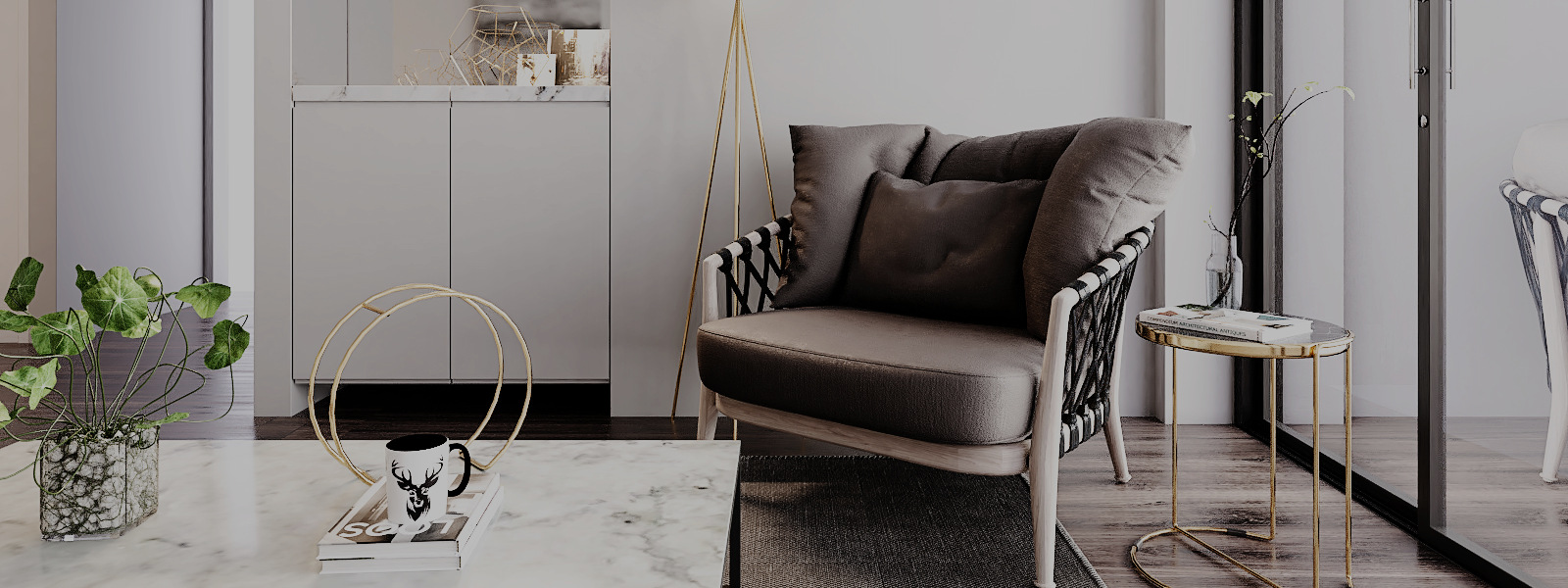Week highlights: improved performance in GIMP, better smudging and initial filmic support in MyPaint, more HDR work in Krita, various improvements in many NLEs, stereoscopy rendering is back to Blender’s viewport.
Graphics
David Tschumperlé published another G'MIC update with bugfixes and took a break to focus on his scientific work. Development will be resumed in a few months.
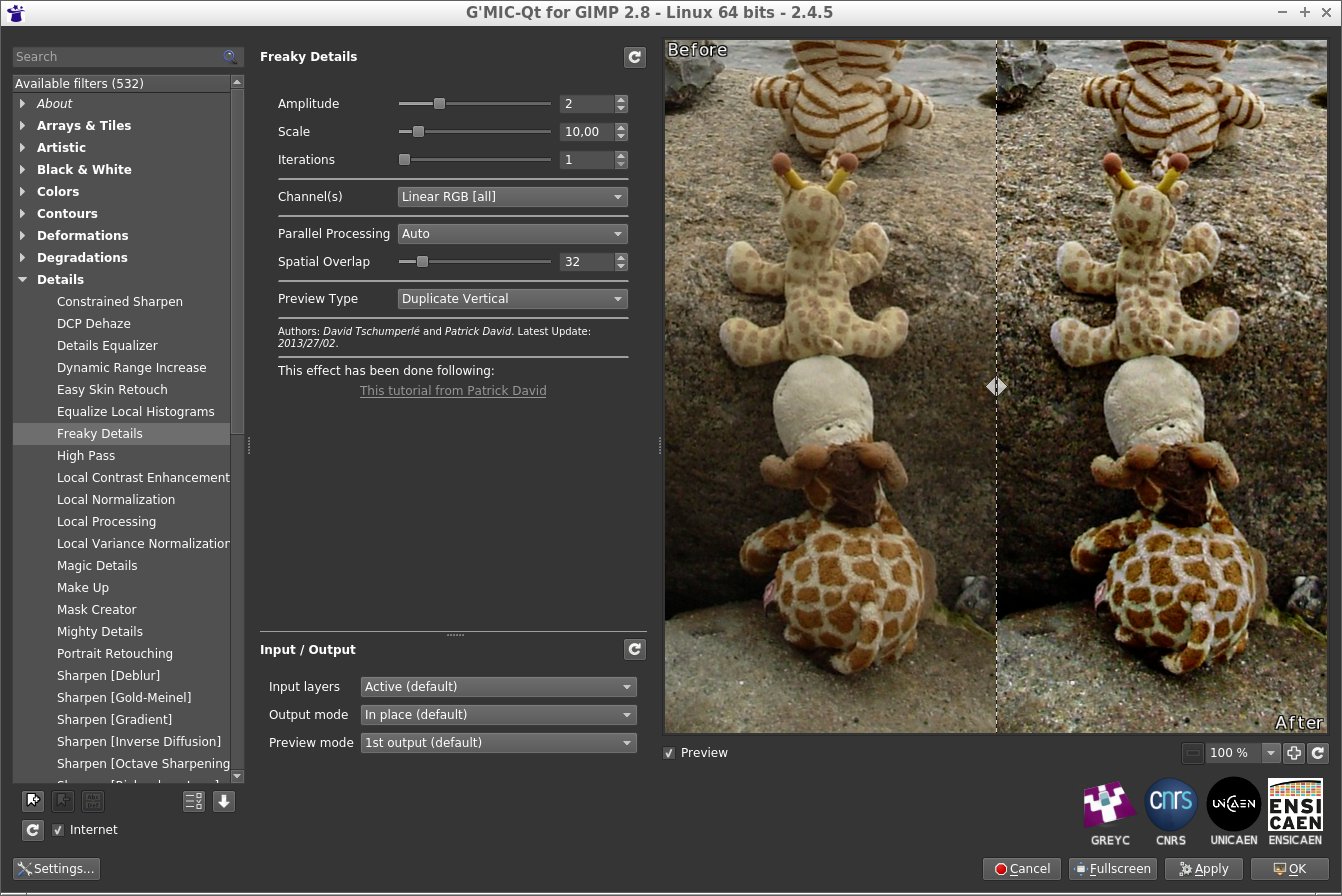
The GIMP/GEGL team has been doing mostly low-level work, e.g. most recently, Ell rewrote the part of GIMP that divides a drawable surface into chunks and made the new code align the chunks to the tile grid better, which is good for performance. The chunk sizing is now dynamic and takes processing speed into consideration to make sensible trade-offs.
The Krita team mostly did bugfixing. Dmitry Kazakov continues his work on HDR support. Most recently, he added support for p2020-pq color space in the color selectors.
Brien Dieterle recently resumed his work on spectral blending in MyPaint and extended the RGBA model to include a Volume channel that can affect the ratios used when calculating alpha and smudge mix.
He then simplified the code and dropped the number of wavelength channels from 36 to 10, which, he says, allowed him to greatly speed up the upsampling. It also allowed extending the technique to the OVER operation for the entire brush dab and the smudge collecting.
Brien also says he added rudimentary OpenColorIO support and a partially implemented Filmic configuration (the git log suggests, however, he started OCIO-related work back in 2017).
There were no fancy new features in Inkscape last week, the team is currently focused on bugfixing and refactoring the code. The only user-visible change is a new About screen for version 1.0 alpha pre-release (no ETA yet). The final version is expected later this year.
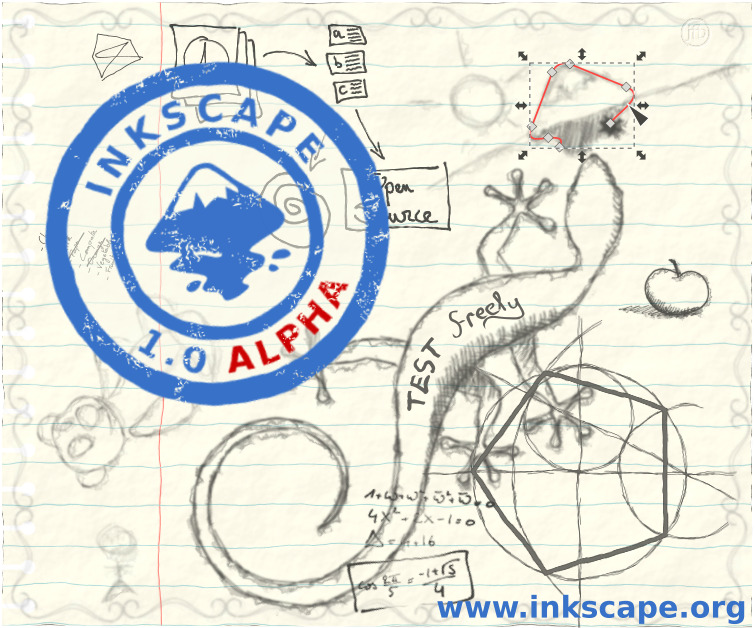
Photography
Among notable new features in darktable last week is the newly added support for importing and loading presets in the Preferences dialog, which simplifies sharing presets among users. An upcoming change, currently available as a pull request, is support for 8/16-bit TIFF files with CIELAB/ICCLAB photometric (currently, darktable converts such files to sRGB).
Desmis continues his work on the Local Lab tool in RawTherapee. For instance, he improved shape detection, added Chroma and Luma masking and the CL=f(H) curve to Color and Light, masking to Exposure etc.
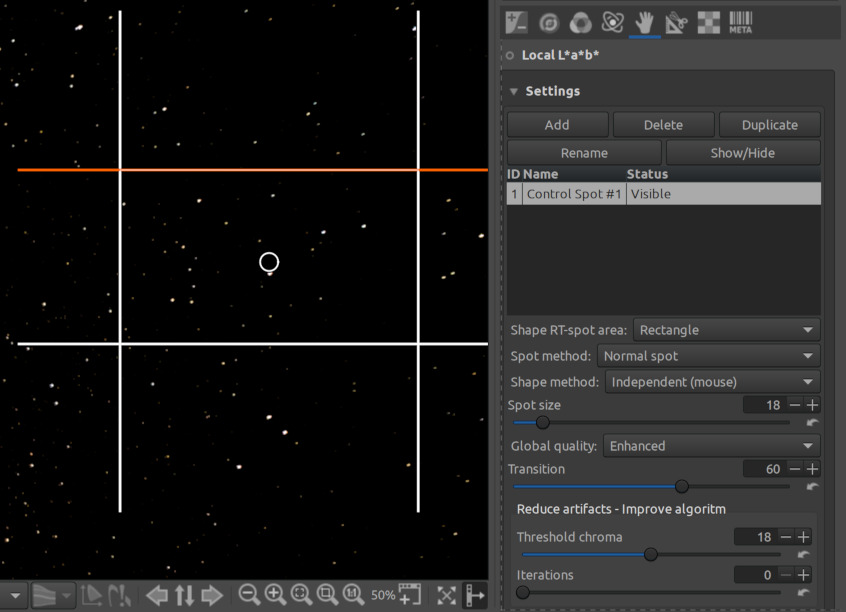
3D
Dalai Felinto restored stereoscopic rendering in Blender 2.80's viewport, thus the stereo 3D support elements (cameras, convergence plane, stereoscopy volume) are back.
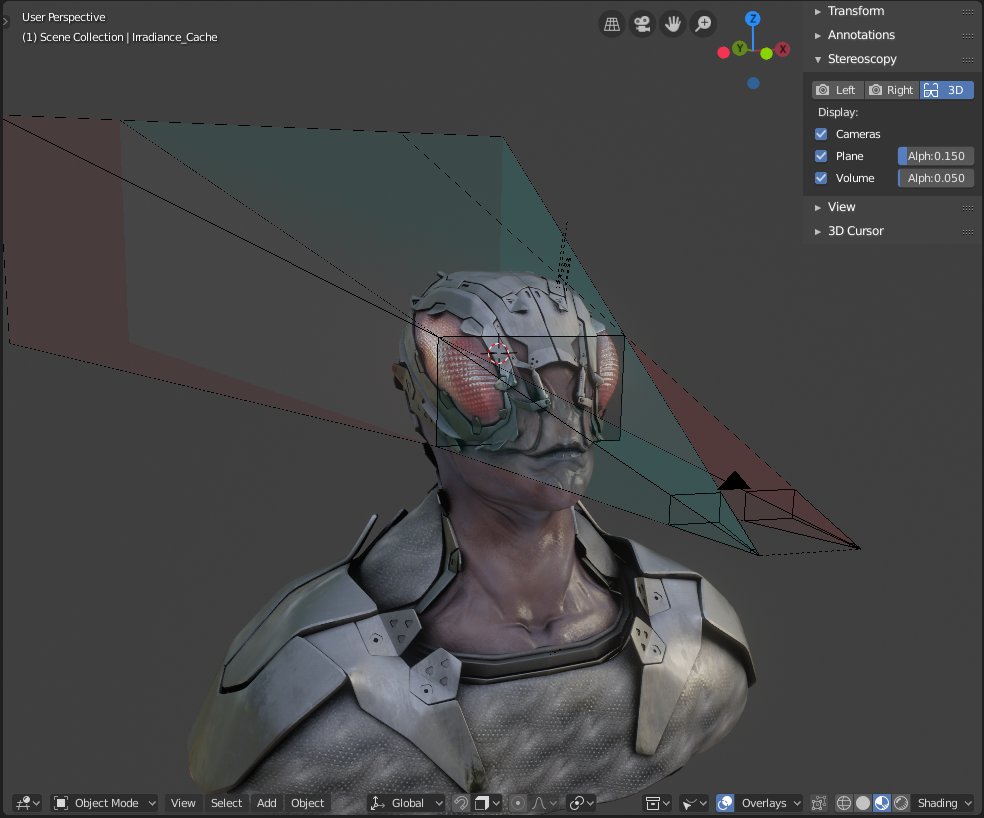
The Blender Fund is slowly moving towards the $28K goal that will allow keeping 5 developers working full-time on Blender. Currently, it's at ca. $26.7K.
Video
Quite a few changes in Olive last week focused on in/out points. You can now reset them, toggle them, and easily go to either in our out point via shortcuts (or the Playback menu).
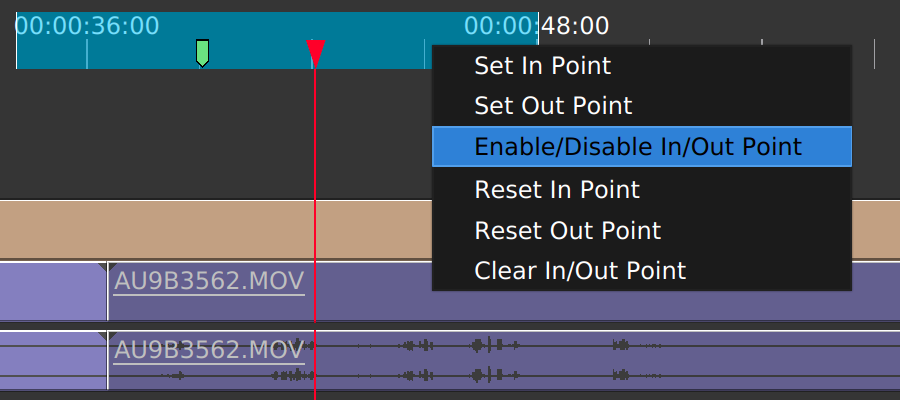
It's now also possible to import and export shortcuts. As Olive pretty much reuses Premiere's shortcuts, people might end up creating shortcuts schemes for other applications, and that's where this new feature might come in handy.
The text effect now has a simple dialog for more convenient text editing, which you can access via right-click on the text entry field. Additionally, parts of the source code have been fixed to mark user-visible messages for translation. Which suggests we are going to see Olive translated into other languages pretty soon.
One notable thing about Olive development is that it is rapidly becoming a community effort. People don't yet contribute major new features, but they do send a lot of small fixes and do code refactoring. Linux users who want to test the latest and greatest from Matt et al. can enjoy regular AppImage builds.
The Kdenlive team is currently focused on bugfixing, but Jean-Baptiste Mardelle is doing quite impressive work in the branch where he works on the timeline refactoring.
Apart from applying various fixes to Shotcut, Dan Dennedy recently improved the Color Grading filter's user interface.
Jonathan Thomas called for translations update for the next release of OpenShot. Typically, this means a new release within a few weeks.
Finally, the Screencast Keys add-on for Blender now supports version 2.80. You can grab it on GitHub.
Tutorials
Martin Klekner published the next Blender tutorial in the Architectural Asset series.
GDQuest posted the next Godot tutorial in the Save Game series, focusing on saving and loading game resources.
Lettier posted a GIMP and G'MIC tutorial on hand-painted textures without actual painting.
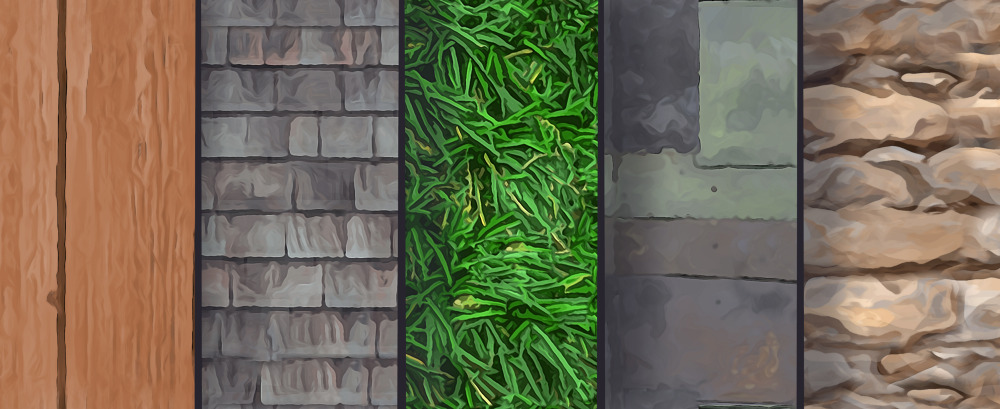
0xconfiog published a tutorial that explains the basics of using AzPainter for character painting.
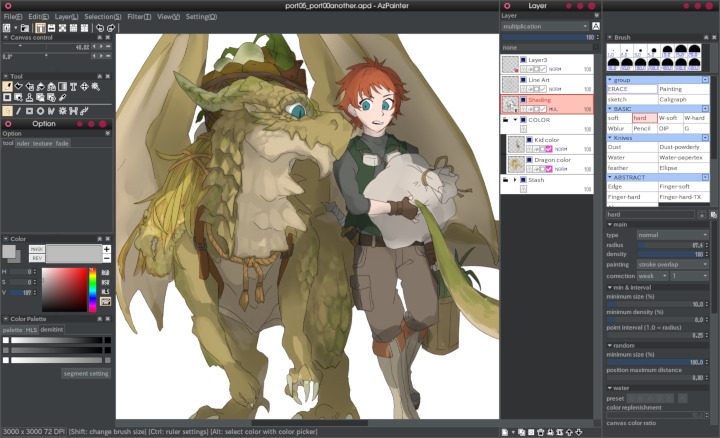
There's a new speed painting with Krita from grafikwork: "A little trip to the city".
Irfan Prastiyanto posted an Inkscape tutorial on YouTube, that explains how to do a Slice text effect.
Art and showcases
0xconfig also posted new artwork made with AzPainter.
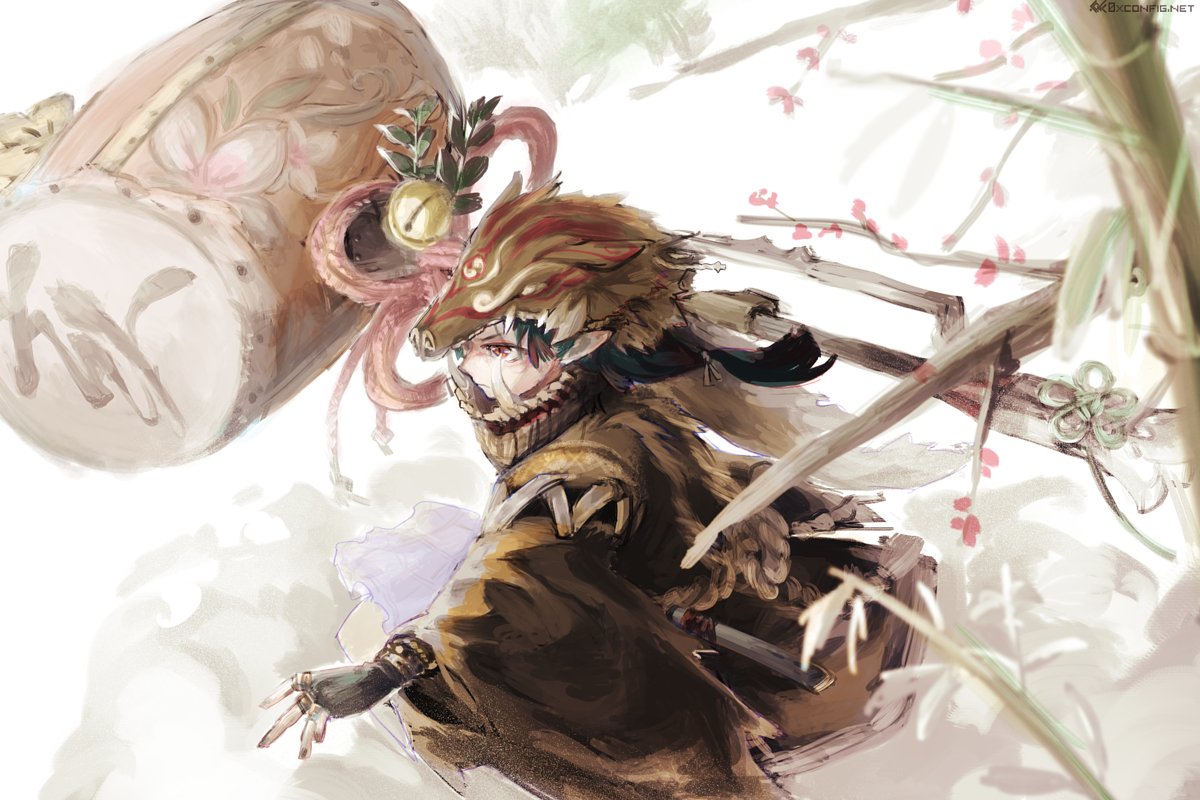
Some Eevee porn from Vertex Polyfort:
working on some more stuff atm! #eevee is the best! #b3d #wip #b280 #3dModeling #blender pic.twitter.com/VnRCnt1AhE
— Vertex Polyfort (@VertexPolyFort) January 13, 2019
Rio Suryonugroho posted some interior design renders he did with Cycles.

Assets
The GQuest team released a new version of their paid pack of Krita brushes for game artists, with contributions from Živko Kondić and Joshua Grier.
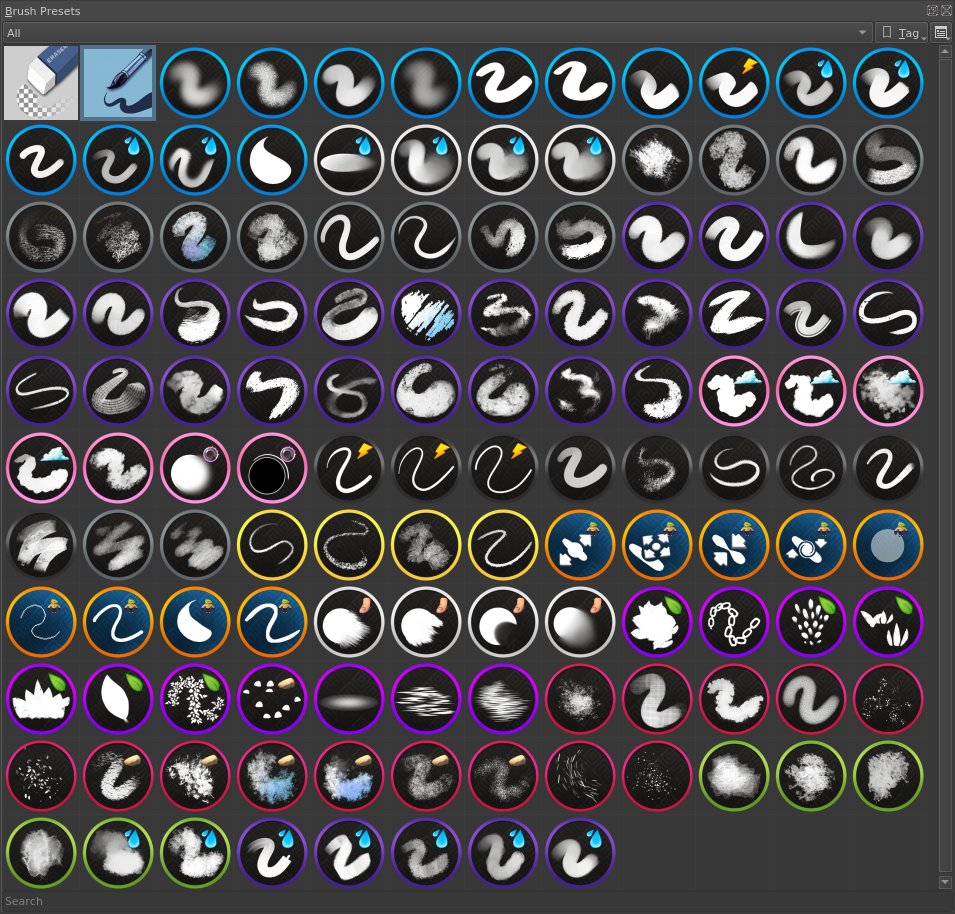
Patreon subscribers get early access to my posts. If you are feeling generous, you can also make a one-time donation on BuyMeACoffee.
